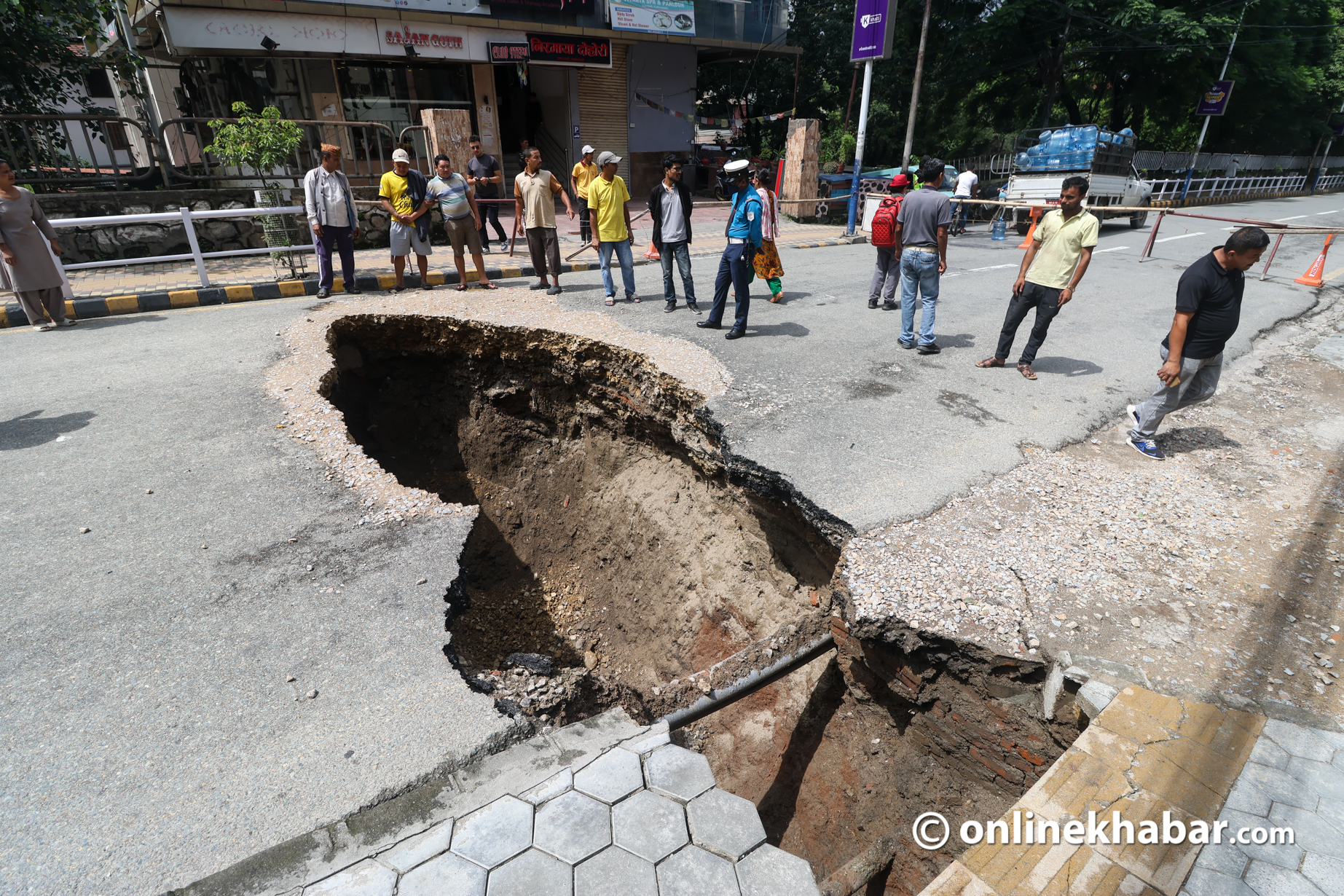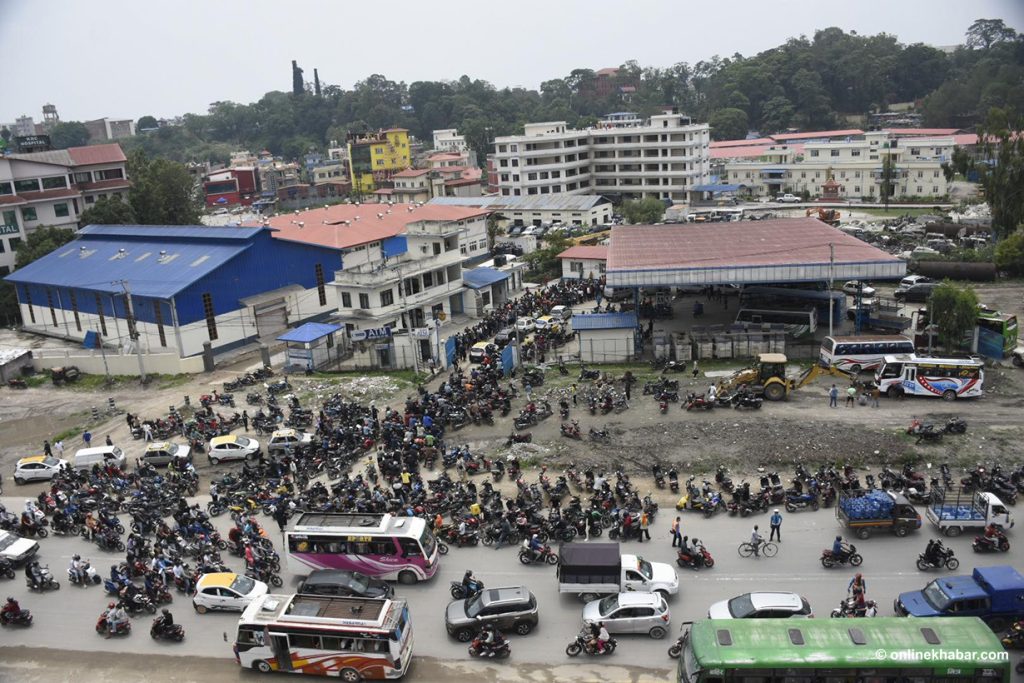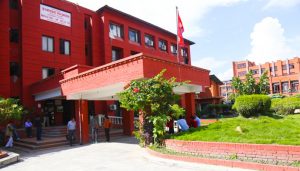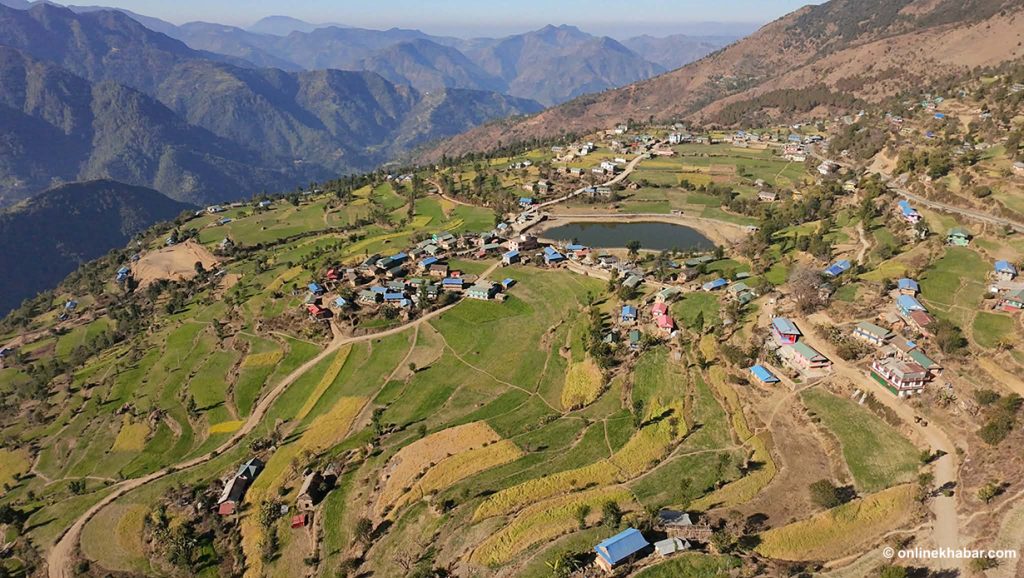
The issue of ever-increasing traffic congestion crisis is not new for Kathmandu Valley. This has been severely affecting the quality of life for the people commuting in the capital city and its surrounding areas at present.
Kathmandu Valley has witnessed an exponential increase in vehicular population in the past few years. The persistent increase in the number of vehicles in conjunction with inefficient traffic management has aggravated the congestion issue, leading to multiple adverse consequences for both the people and the environment.
Urbanisationa and economic growth
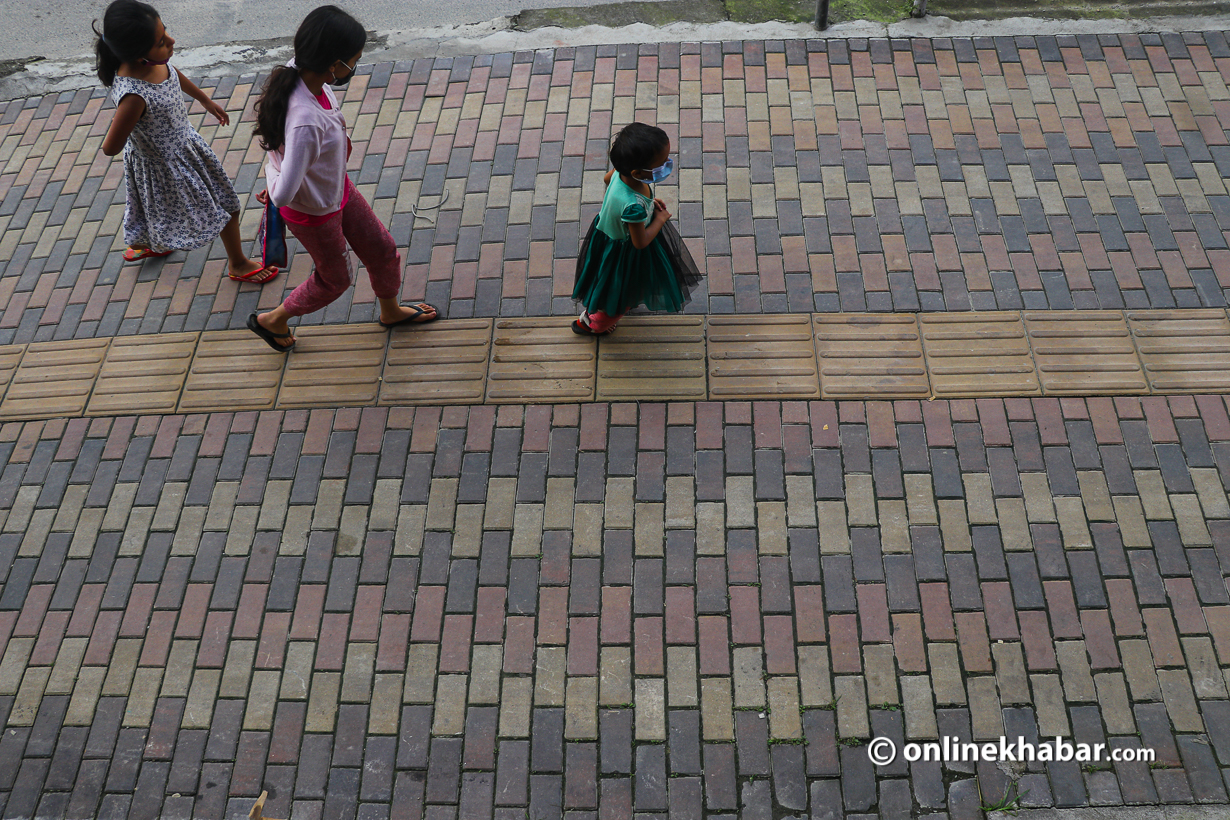
As per the Department of Transport Management, the Kathmandu Valley now boards over 1.5 million
vehicles, a figure that has surged by almost 300 per cent in the past decade and continues to rise annually. This escalation definitely conforms to the urbanisation and economic growth that have motivated people to own more private vehicles.
But, this exponential growth has been staggering for the narrow, and often poorly maintained roads within the valley, resulting in long traffic jams that stretch to miles. The Environmental impacts due to this unmanaged and shooting traffic is alarming.
The vehicular emissions during Traffic jams have highly affected the overall air quality of the valley causing severe impacts on human health and environmental health.
The Kathmandu Valley, which was once known for its fresh air, clear skies, and crisp weather is now ranked among one of the most polluted cities in the world and traffic congestion happens to be one of the root causes for this adversity.
Deteriorating air quality
The World Health Organization has also highlighted the valley’s deteriorating air quality as a major public health concern, indicating the need for prompt and sustainable plans to bring the situation under control.
Along with the environmental consequences, the psychological impacts linked with this growing traffic congestion cannot be ignored. Hour long traffic jams stretching to miles are not only causing obstacles in smooth commute but are also triggering heightened level of frustration and stress among the commuters, which in turn can result into road rage and even cause minor to
major road accidents.
Additionally, prolonged exposure to high level of noise created by the heavy traffic makes commuters more liable to issues like hypertension, migraines, and cardiovascular diseases.
The present situation of traffic management seems fragmented and inefficient. As far as traffic
congestion is concerned, I believe the lack of effective governance and strategic policy is making
the scenarios worse.
Need for implementing unified approach
There is a strong need for implementing a unified approach that involves enhancing the public transportation facilities, expansion of existing road, and the use of intelligent traffic management systems. Government bodies, urban planners, and policy makers associated with traffic management need to shift their focus on more sustainable and smart transportation solutions such as promoting the use of bicycles, which are both space efficient and environment friendly and also the implementation of intelligent transportation systems that utilize real-time data to optimise the traffic flow.
As the Kathmandu valley continues to urban, this traffic congestion is susceptible to increase.
Hence, addressing the challenges linked with traffic management is essential to ensure a
sustainable, environment-friendly, and livable Kathmandu for the future residents. With the
collaborative efforts from both the government bodies and the commuters, the mobility within
the valley can definitely be made more efficient and the environment can be better protected.






